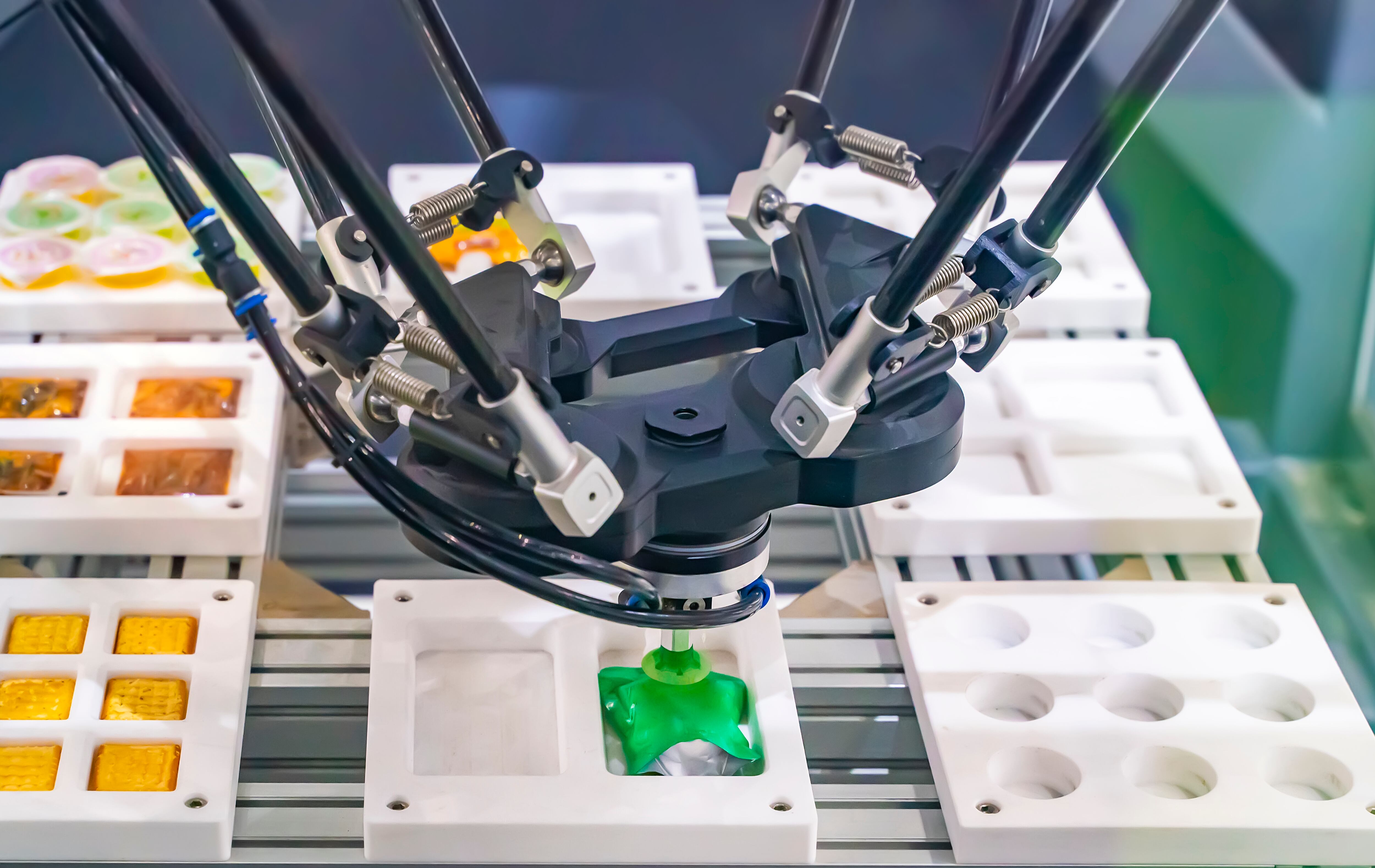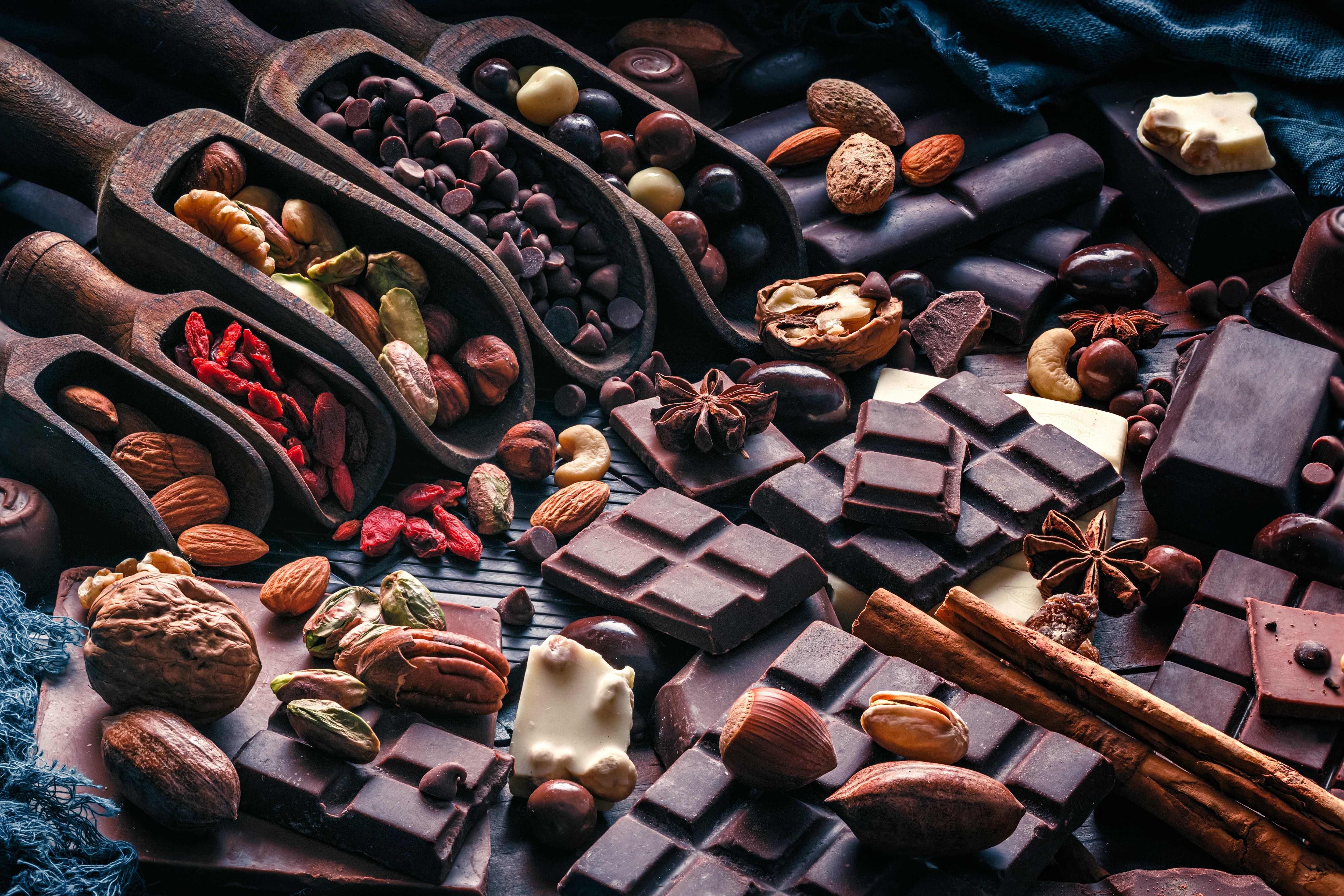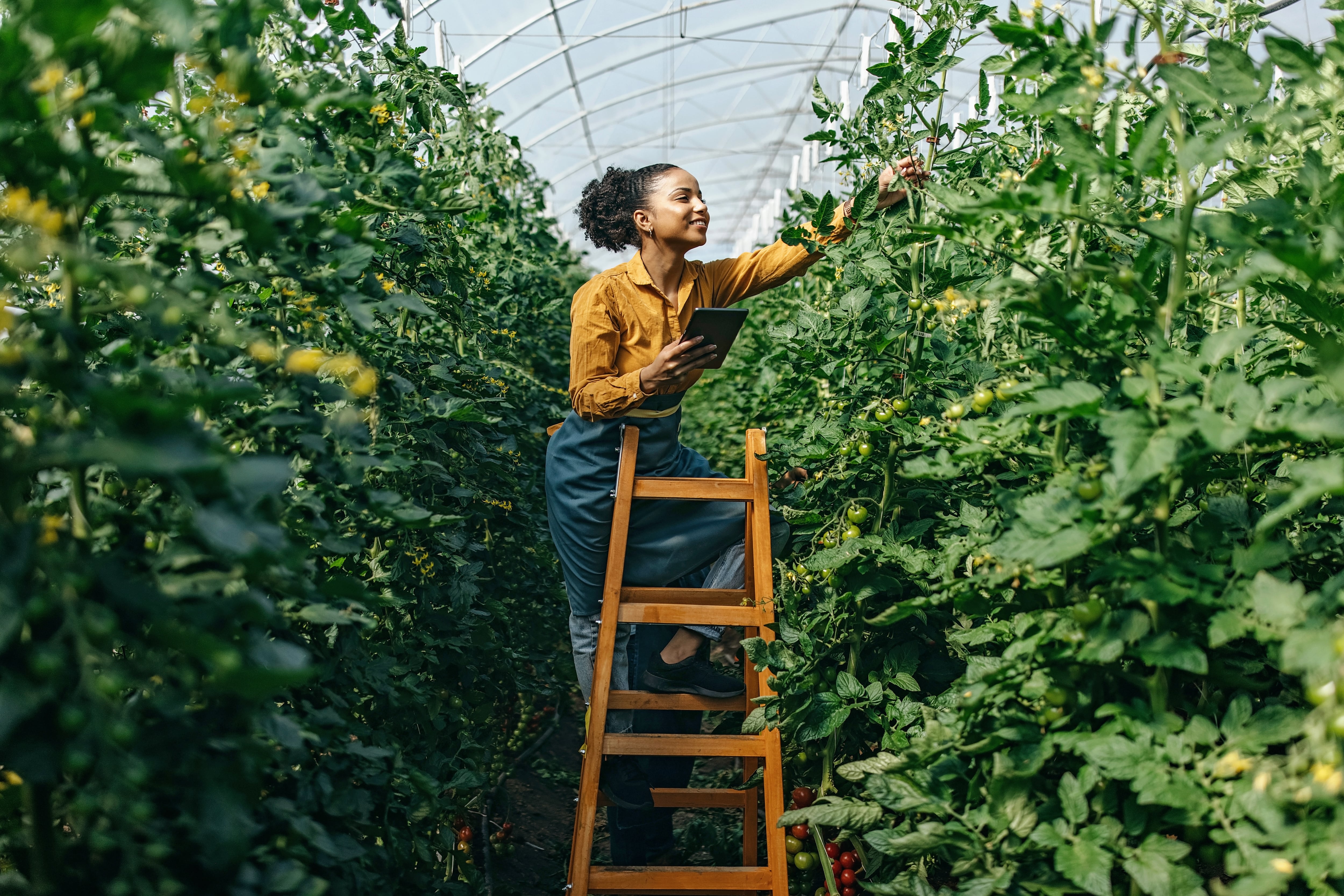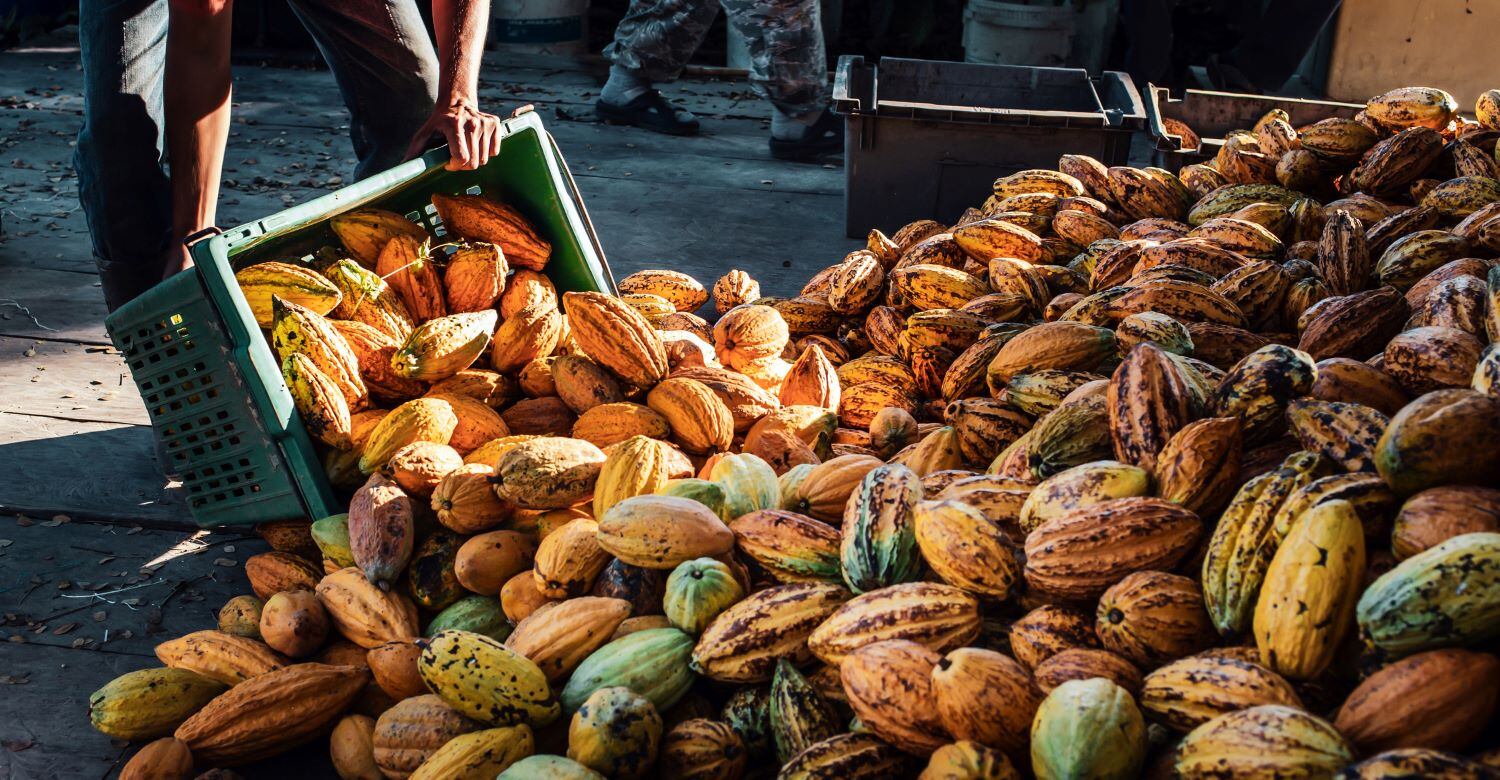1. Personalised nutrition
As part of its CoLab Tech Accelerator, Mondelēz International has engaged with start-ups to find and deliver “cutting-edge technologies of the future”. Forming part of the chocolate giant’s Vision 2030 Growth Strategy and to meet consumer demand, Mondelēz’s technology focus centres on personalised nutrition.
Efforts to expedite nutritional analysis and labelling are underway, too, using tech like AI. With the rise of personalised formulations, there’ll be more calls for tools that analyse product contents to help products comply with relevant regulations, provide accurate on-product information and get to market quicker.
Marketing, consumer interactions and recommendations are also using personalisation to create better-targeted campaigns and strategies. Confectioners can tailor promotions to build trust and loyalty with audiences.
2. Advancing AI
Confectioners are turning to AI to improve consumer experiences and product quality. In 2025, AI applications are expected to ramp up in a wide range of areas, including quality control and inspection, production optimisation, recipe and flavour optimisation, customer service and chatbot support.
Generative AI is a developing area in confectionery known for its multiple applications and benefits in the fast-paced sector. According to McKinsey research, within two years, advanced AI will bring up to €4.4 billion ($4.1 billion) in revenue to the global economy annually.
3. EUDR: Traceability, transparency and diligence

Ahead of the arrival of the European Union Deforestation Regulation (EUDR) in December 2025, which will introduce new legislative requirements for sourcing palm oil and cocoa, nations have implemented new tools and services to prepare for increased traceability and due diligence demands.
Tech that monitors deforestation with satellites, maps and data aims to stop forest destruction and help to ensure sustainable compliance. Sustainability monitoring company Satelligence has teamed up with Fairtrade to increase satellite monitoring of forested areas and farms. The duo focuses on increasing surveillance for the non-governmental organisation’s (NGO) certified cocoa producer organisations to support them with their EUDR compliance.
Traceability is also central to technological development. The non-profit organisation Brazilian BVrio, an environmental exchange in Rio de Janeiro, uses local location data to cover over 92,000 farms with its technology. It assesses deforestation and native vegetation at the farm level by quantifying and spatialising datasets.
A key focus is also on simplifying and streamlining traceability. Sustainability organisation The Roundtable on Sustainable Palm Oil (RSPO) has replaced its existing PalmTrace tracking system with a ‘unified and optimised’ system that integrates the certification, trade and traceability components into a one-stop platform.
EUDR delays occurred because of industry concerns surrounding insufficient knowledge and information on how companies would need to upgrade their businesses to comply with the new regulation. With the EUDR coming into force in December 2025, attention is on developing simple measurable and reporting tools that prevent compliance problems and ease companies into abiding by the new rules.
Archers Daniels Midland Company, Louis Dreyfus Company and Olam have developed a TRACT platform to provide sustainability insights on carbon emissions, deforestation, child labour risk, forced labour risk and living income.
4. Re-imagining operations with robotics
According to research by Dutch bank ING, robotics technology is predicted to expand by 2025. The number of robots in EU food companies with 10,000 employees will rise to an average of 110 from 75 in 2020. This is in response to the International Federation of Robots’s forecast that the robotics industry will grow by 7% in 2024 and generate a projected revenue of $42.8 billion.
Costs remain high for robotics implementation, however, proving a substantial hurdle that more than a third (36%) of food and beverage producers state need to be overcome. Potential applications include providing additional observations to confirm safety and quality, optimising production speeds, prioritising packaging productivity, developing physical and digital creative applications and increasing sustainability efforts.
5. Avoiding waste
With the cocoa crisis showing no signs of slowing down in the current 2024/2025 season, chocolate manufacturers need to find new and novel ways to capture as much cocoa as possible. Reducing cocoa wastage maximises volumes that have suffered from decreasing production rates in recent years. It also supports the sector’s response to calls for sustainable solutions contributing to a circular economy.
Pigging technology, or advanced liquid product recovery, enables manufacturers to introduce systems that use specialist projectiles to recover residual liquid in pipelines, avoiding wastage. Using the tech, HPS Product Recovery Solutions states that one UK-based chocolate manufacturer can save around £2 million worth of chocolate, or one tonne per day, that would be wasted.
6. Amping up flavour and textures
The filled confectionery market, primarily used in sugar products to increase flavour in the final food products, is an accelerating market. Typically used in liquid or semi-solid form, the manufacturing process fills empty shells with flavoured ingredients and then leaves them to settle by drying or refrigeration.
According to insights provider Global Data, more than 52,000 patents were filed and granted in the confectionery manufacturing sector between 2021 and 2023. Global confectioners Mondelēz International, Mars and Nestle received the most patent approvals. These companies, along with others like Tyson Foods, Midea Group and Kraft Heinz, are considered disruptive innovators in the consumer industry.
In 2024, clean energy company Tesla revealed it was entering the candy market with four pending patents for new products, including supercharged gummies. The company also offers a selection of flavours, such as cyber berry candy, mango bolt, and textured variety, dog mode chill confectionery. Producers, big and small, are exploring the social media-savvy TikTok trend of freeze-drying to mix up and maximise novel sweet textures.
Tastetech’s encapsulation technology aims to create better-tasting and longer-chewing gum. The food manufacturer uses a wide range of encapsulated ingredients and flavourings developed with control-release functionality to maximise the taste and chewing experience.
7. Sugar reduction
Global confectioner Nestlé has launched its ‘breakthrough’ sugar reduction technology, designed to lower the amount of sugar in its portfolio of products. Using an enzymatic process, Nestlé states that its technology can decrease the sugar content by up to 30%.
Confectioners are also swapping sugar for sweet proteins to lower the sugar content in formulations. In August 2024, protein discovery startup Shiru partnered with ingredients company Ajinimoto to identify, develop and commercialise naturally sweet proteins. The duo’s platform, Flourish, uses AI to find new and natural sweet proteins.
8. Protein-packed formulations
Investment in sustainable protein technologies is also growing. In 2023, Joyful Ventures launched its $24 million climate venture fund to expedite sustainable protein development for global pre-seed and seed-stage start-ups.
Building on the almost $6bn contribution that alternative protein companies amassed between 2010 and 2020 – with $3.1 billion alone raised in 2020 – venture capitalists hope to develop more interest in this area. With sweet and vegan proteins popular within the functional confectionery sector, further technological development may lead to more applications for protein-packed sweet treats.




